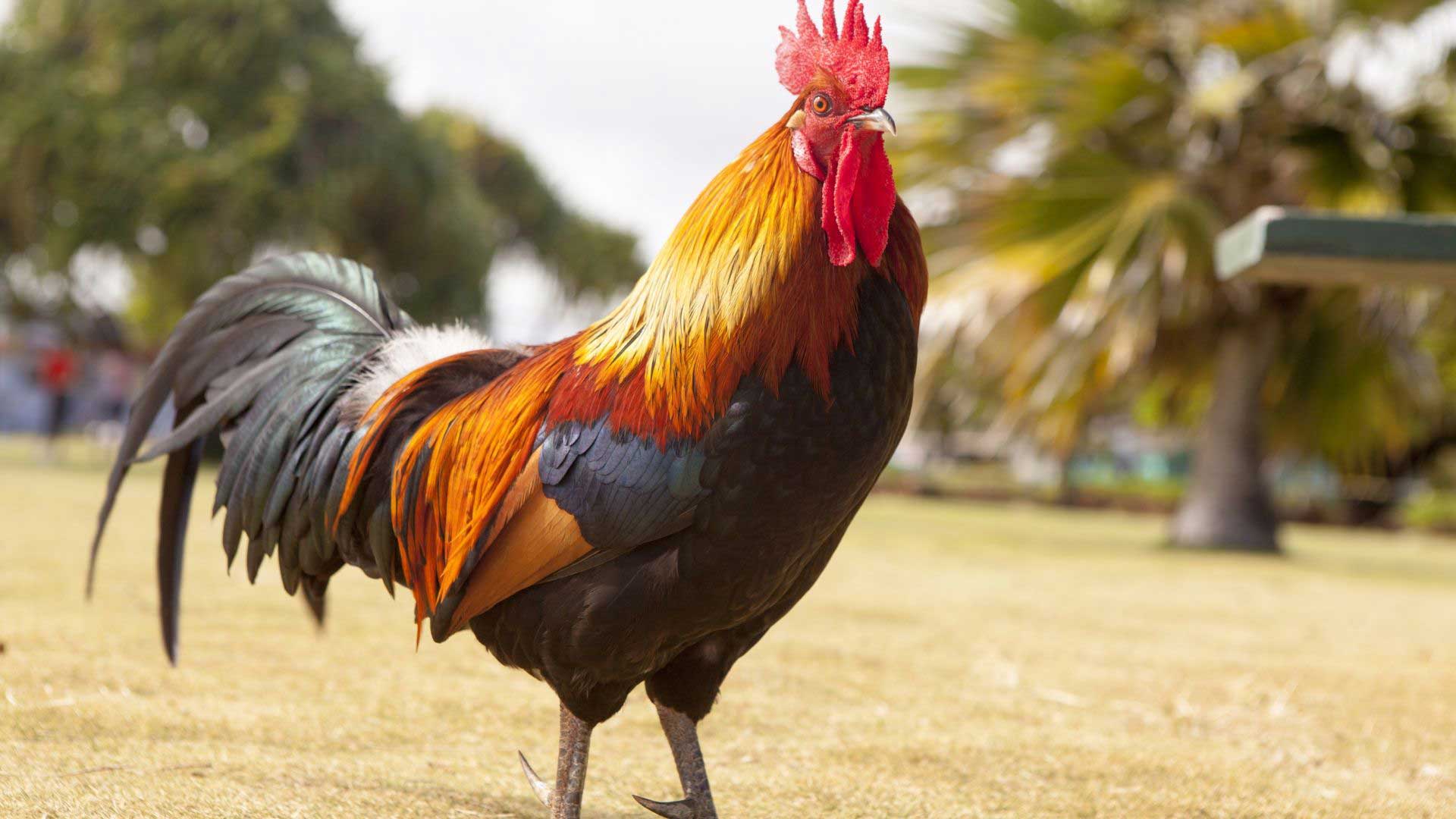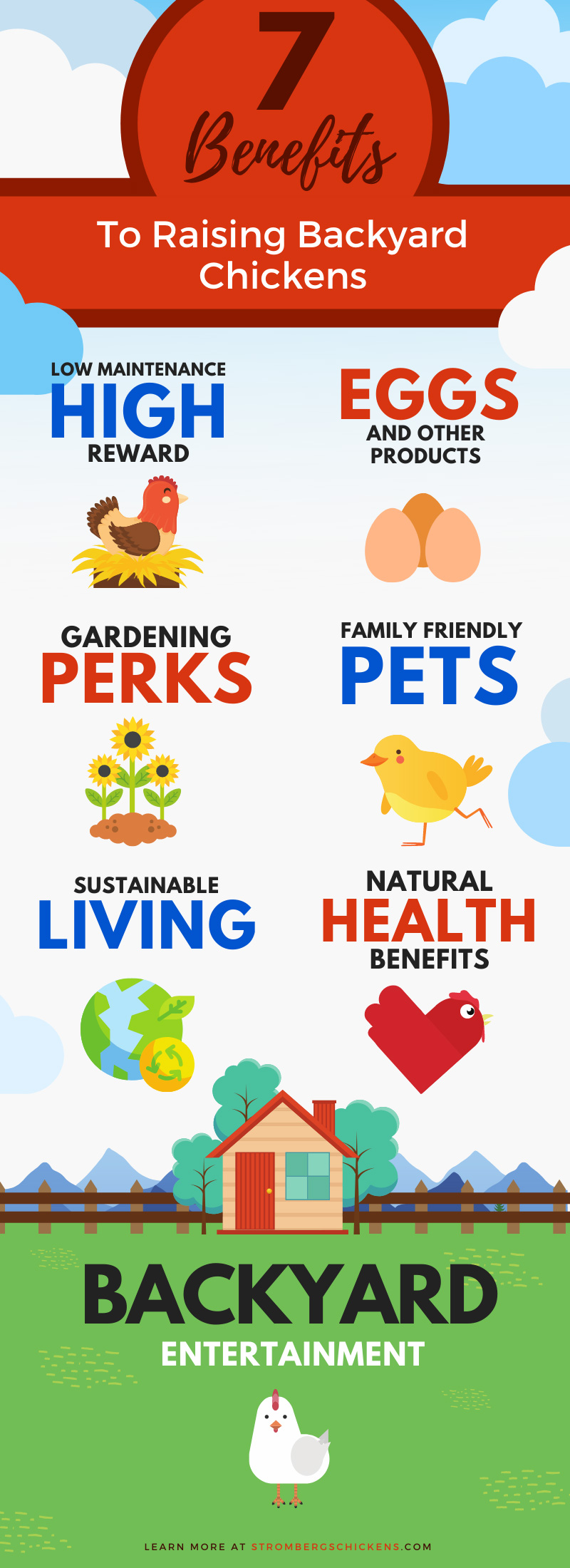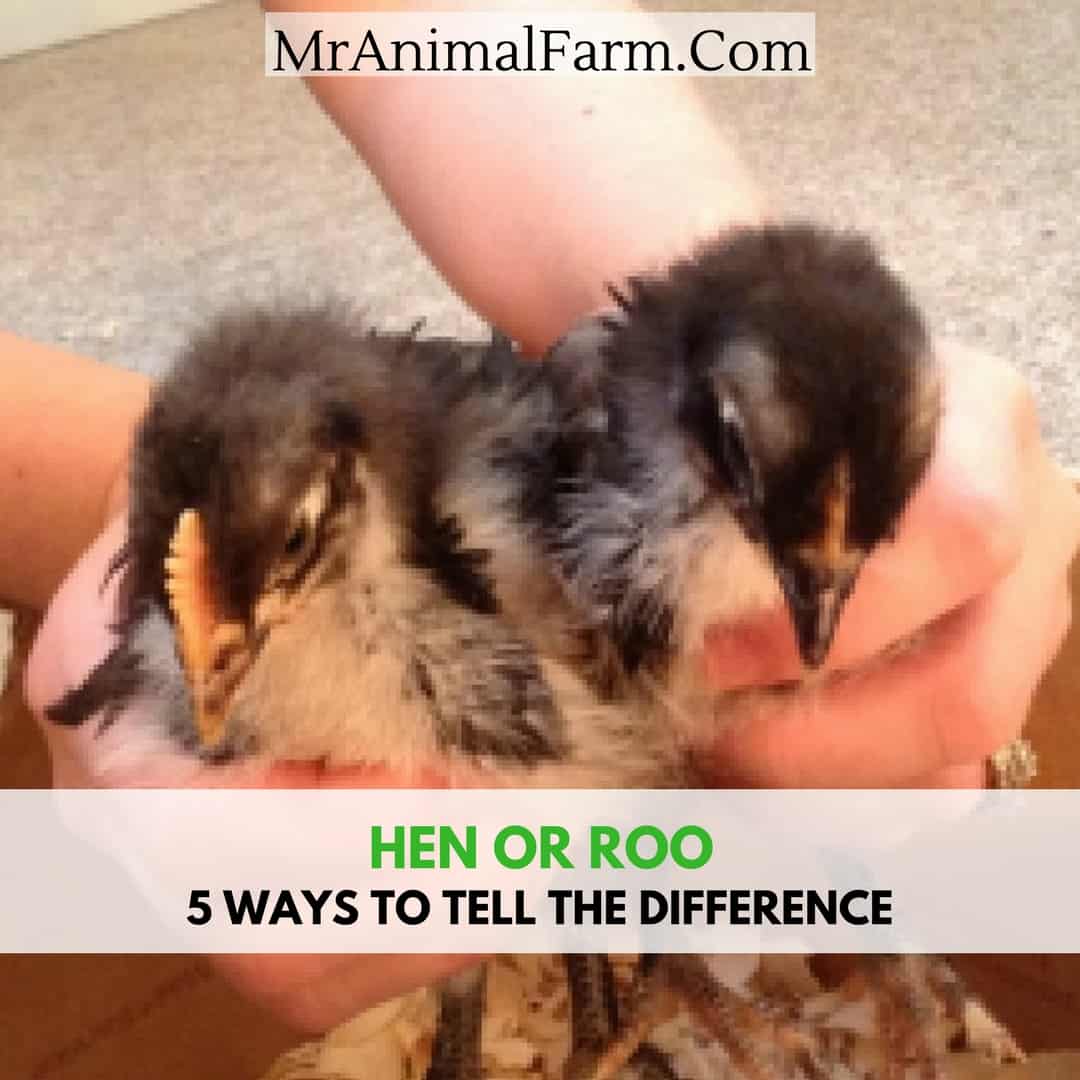When it comes to chicken husbandry, the age old question of which is best – a rooster or a hen – is often asked. Whether you’re a seasoned chicken farmer or just starting out, understanding the difference between a rooster and a hen can help you decide which is best for your chicken coop. This article will explore the benefits and drawbacks of each, helping you determine which is the best choice for your chicken husbandry needs.
Characteristics of Roosters

Physical Characteristics
Roosters are larger than hens, have brighter plumage, and often have a crow-like call. They typically have a larger comb and wattles than hens, as well as spurs. Roosters are often used for showing and breeding purposes, as they tend to be more active and aggressive than hens.
Behavior Characteristics
Roosters are known for their territorial behavior, often defending their flock and nearby areas from predators. They will also alert their flock of potential threats by crowing and warning. Roosters are typically more active than hens and are often seen patrolling their area and keeping a watchful eye. Roosters are also known to be more dominant than hens, and can be aggressive toward one another and other animals.
Characteristics of Hens
Physical Characteristics
Hens are generally smaller than roosters, with a body length of about 20 inches and a wingspan of 24 to 30 inches. They have a curved, graceful neck and a small, round head. Hens typically have yellowish-brown or reddish-brown feathers and usually have a lighter-colored chest than the rest of their body.
Behavior Characteristics
Hens are typically more docile than roosters and tend to be less aggressive. They are also less territorial, making them more suitable for keeping in close quarters with other hens or roosters. Hens tend to be quite social and can easily be trained to come when called. They also respond well to positive reinforcement, making them easy to manage.
Advantages of Roosters

Roosters as Pet
Roosters can make great pets for those who have a passion for poultry. They are intelligent and can be trained to respond to commands. Roosters are also quite friendly and can form strong bonds with their owners.
Roosters as Guardians
Roosters can provide an added layer of security for a flock. Roosters are territorial and will guard their flock from predators and intruders. They are also very vocal and will alert the flock to the presence of danger.
Roosters as Breeding
Roosters are necessary for breeding, as they are the only ones who can fertilize the eggs. Roosters are also important for maintaining the genetic diversity of a flock, as they can be bred to produce different varieties of chickens.
Advantages of Hens

Hens as Pet
Hens make great pets. They are gentle and can provide companionship. They are easy to care for and can be kept in a small space. Hens also provide great entertainment, as they can be taught to do tricks and will follow commands.
Hens as Egg Layer
Hens are excellent egg layers, producing eggs on a regular basis. They lay much larger eggs than roosters do and they can lay eggs for several years in a row. The eggs they lay are also much healthier than those laid by roosters.
Hens as Breeding
Hens are also great for breeding. They are very hardy and can survive in a variety of conditions. They are also prolific breeders, producing large numbers of chicks. They are also excellent mothers and can be relied on to take good care of their young.
How to Determine the Gender of a Chicken

Physical Characteristics:
- Male chickens (roosters) generally have larger combs and wattles than female chickens (hens).
- Roosters also tend to have brighter plumage than hens.
- Roosters have longer and sharper spurs on their legs.
Behavioral Changes:
- Roosters often display territorial behavior and may crow to show dominance.
- Hens are more likely to be docile and may even display maternal behavior.
Age:
- In young chickens, the gender can sometimes be determined by the shape of the vent, with an oval shape indicating a male and a round shape indicating a female.
- As the chickens mature, gender can be determined by the size and shape of the combs and wattles.
Pros and Cons of Keeping Roosters and Hens
Pros of Keeping Roosters
- Roosters can be used for protection, as they are territorial and will alert other chickens of potential danger.
- The presence of a rooster can keep chicken flock behaviour in check.
- Roosters can act as a natural alarm clock, crowing at the break of day to wake up the flock.
- Roosters will help fertilize eggs, resulting in healthier chicks.
Cons of Keeping Roosters
- Roosters can be quite loud, and if kept in urban areas can result in complaints from neighbours.
- Roosters can be aggressive, and might attack other birds or humans.
- Roosters can be territorial and may bully hens, preventing them from eating and drinking.
- A rooster is not required for a hen to produce eggs.
Pros of Keeping Hens
- Hens lay eggs, providing a nutritious source of food.
- Hens can be kept for egg production, meat production, or as pets.
- Hens are social animals and will enjoy being part of a flock.
- Hens are usually quite docile and easy to handle.
Cons of Keeping Hens
- Hens are prone to picking up pests and diseases if not kept properly.
- Hens require space to roam and forage for food, so they are not suitable for cramped urban living.
- Hens do not provide protection against predators, so they require other means of protection such as secure fencing.
- Hens can be noisy and can attract unwanted attention from predators like foxes.
Frequently Asked Questions
What are the Benefits of Keeping Either a Rooster or a Hen for Chicken Husbandry?
Rooster:
- Mates hens and increases the fertility rate of eggs.
- Provides protection to the flock from predators.
- Alerts the flock to potential danger.
- Crows to announce the start of the day.
Hen:
- Lays eggs for consumption.
- Cares for the chicks.
- Keeps the flock calm and happy.
- Provides companionship to the other hens.
How can I tell if my chickens are male or female?
General Appearance:
- Roosters are often larger and have thicker, rounder combs on the tops of their heads than hens.
- Roosters have a larger tail and longer neck feathers than hens.
- Roosters’ wings droop lower than hens’ wings.
Behavior:
- Roosters are typically more active and aggressive than hens.
- Roosters strut around, fluff out their feathers, and crow.
- Hens are typically more docile and less active than roosters.
Vent Sexing:
- Vent sexing is a process used to determine the sex of a chick by examining the area around its vent for physical differences.
- The vent is the small opening on the underside of the chick that it uses to eliminate waste.
- In roosters, the vent opening is usually rounder and larger than in hens.
What are the Differences in Behavior Between a Rooster and a Hen?
Roosters are typically more active and aggressive than hens, tending to claim a territory and protect it from intruders, including other chickens. Roosters are also known for their crowing, which is both a way of announcing their presence and territory, and a form of communication. Hens, on the other hand, are less aggressive and more social, often forming cliques, and sometimes even defending the rooster from intruders. Hens also lay eggs, while roosters do not.
What Kinds of Food Do Roosters and Hens Need?
Roosters need a balanced diet that includes proteins, carbohydrates, and fats. They should be given a high-quality commercial feed that is specifically formulated for chickens. In addition, they benefit from occasional treats such as fruits and vegetables, mealworms, and other insects.
Hens also require a balanced diet that includes proteins, carbohydrates, and fats. The best commercial feed for hens is a layer feed, which is formulated with the right amounts of calcium and other minerals to keep them healthy and productive. They should also be given occasional treats such as fruits and vegetables, mealworms, and other insects.
- Proteins
- Carbohydrates
- Fats
- High-quality commercial feed
- Fruits and vegetables
- Mealworms
- Insects
- Layer feed
- Calcium and other minerals
Are there any specific housing requirements for roosters and hens?
Hens and roosters have different housing requirements. Hens require more space and a larger coop, while roosters require a separate, predator-proof run. Roosters also need extra protection from cold temperatures. Hens typically need a minimum of 10 square feet per bird, while roosters need at least 15 square feet. It is also important to provide adequate ventilation and protection from the elements.
Conclusion
The choice between a rooster and a hen for chicken husbandry depends on the individual goals of the farmer. Roosters provide fertilization for hens and can protect the flock from predators. However, hens are a better choice for egg production and their noise levels are lower. Ultimately, the decision should be based on the preferences of the farmer.
References
- Which is Best for Chicken Husbandry: Rooster or Hen?, Backyard Chickens
- Hens vs Roosters: Chicken Husbandry, The Happy Chicken Coop
- Chicken Husbandry, Wikipedia
